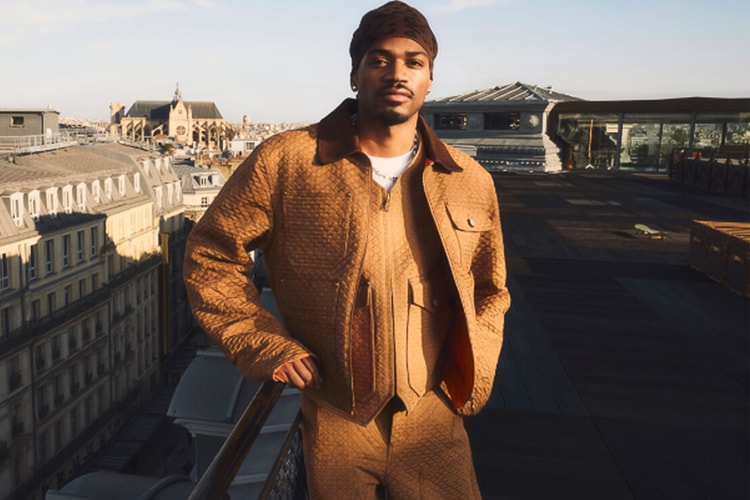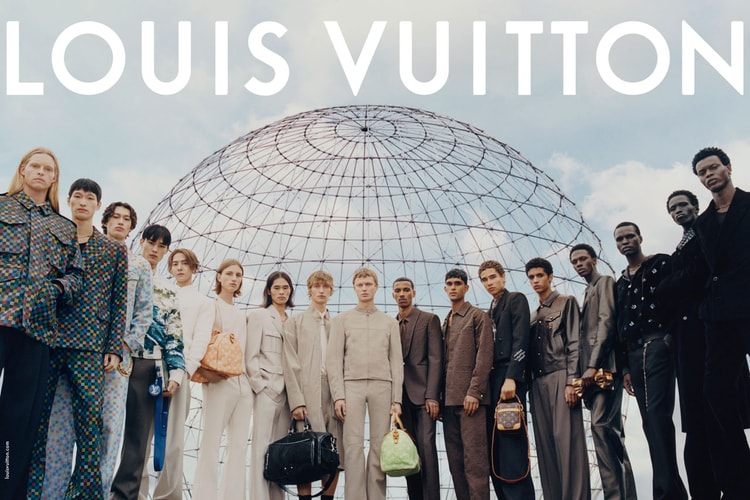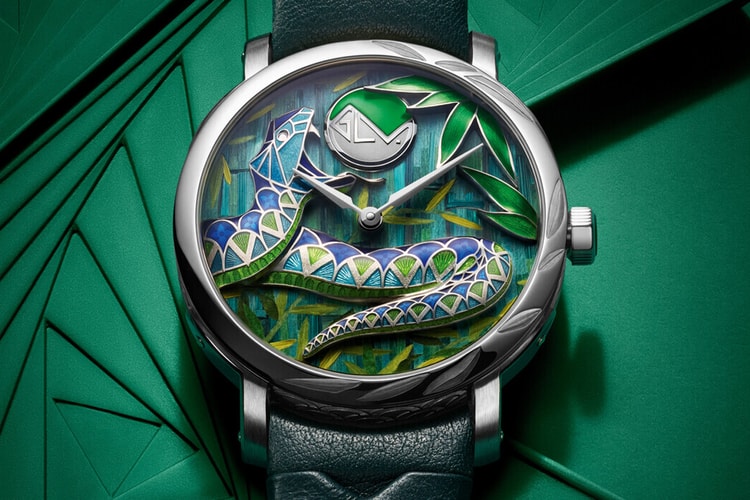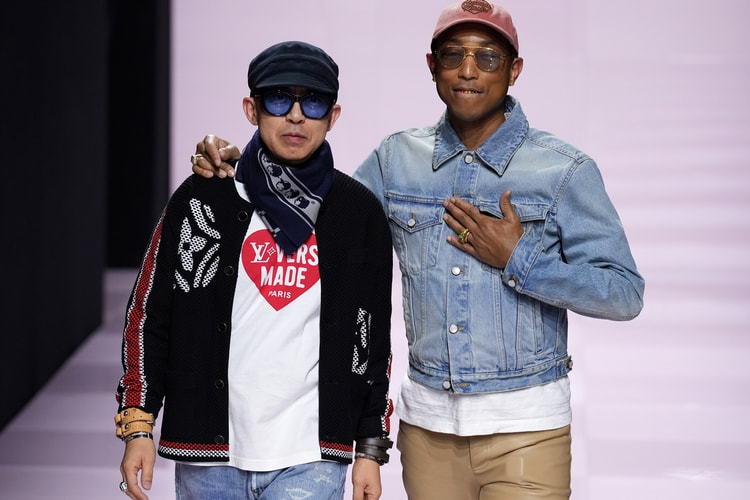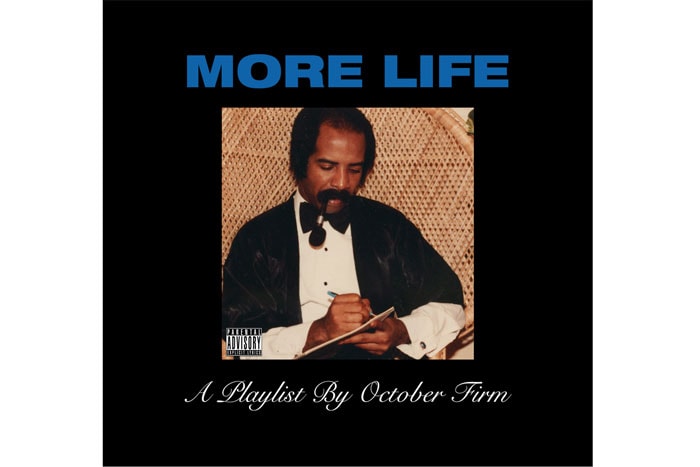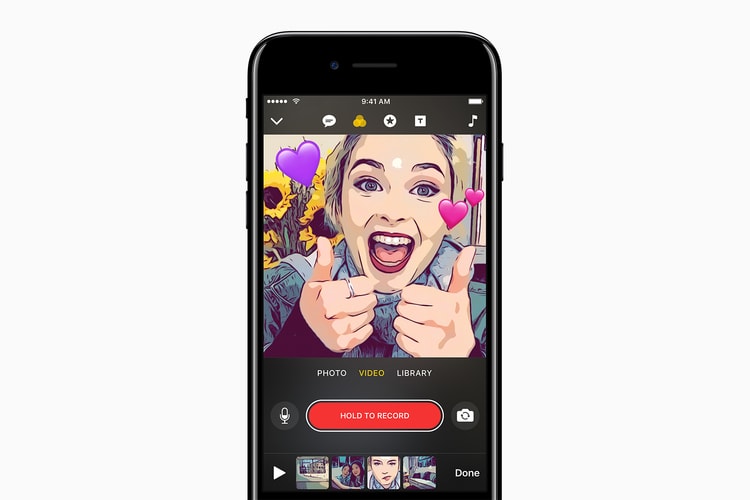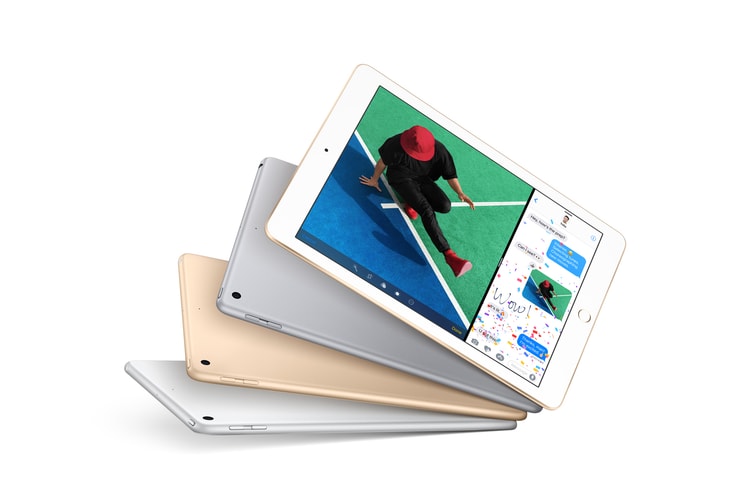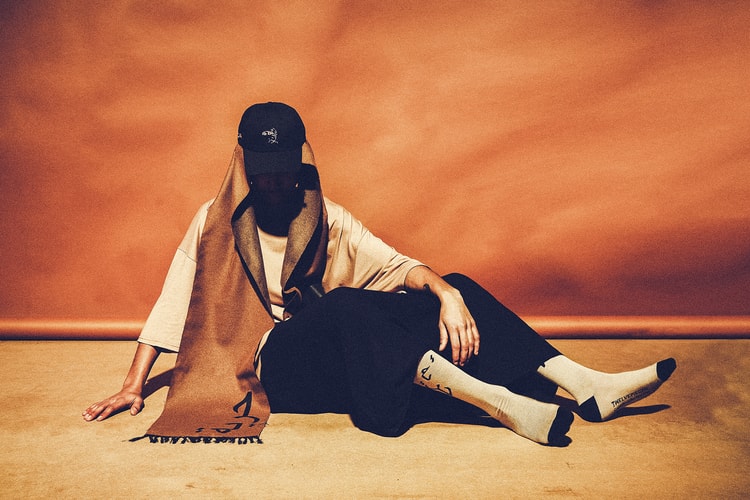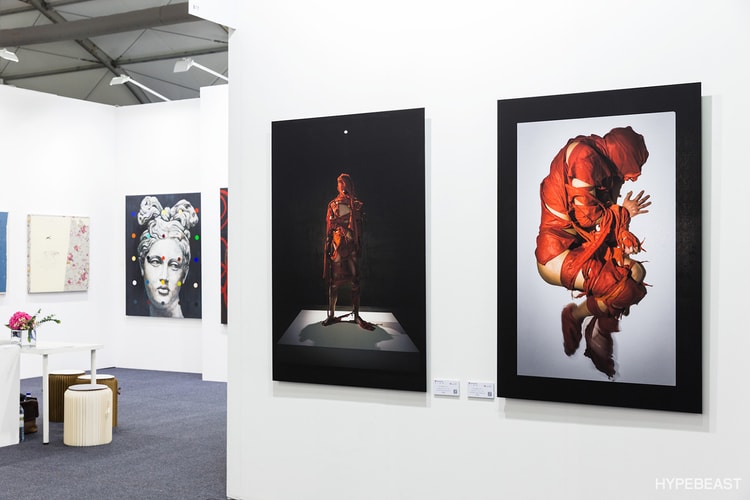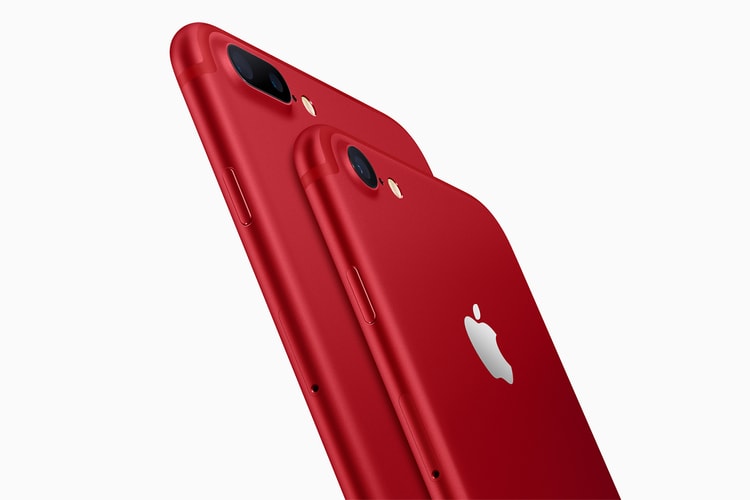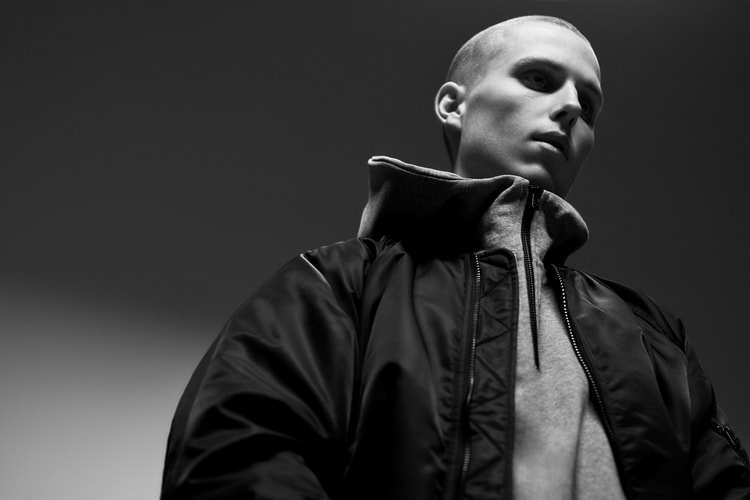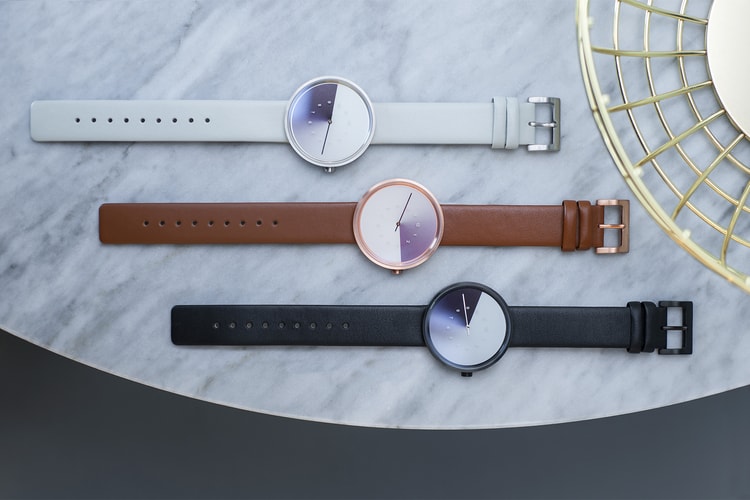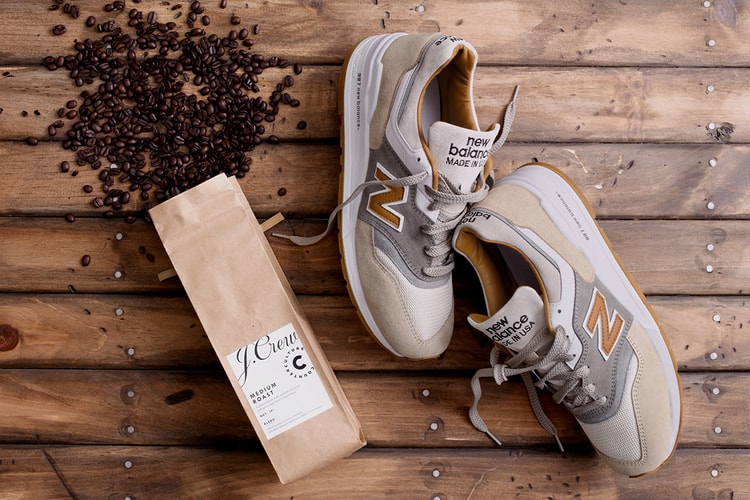Kim Jones on the Influence of Travel in Louis Vuitton's 2017 Spring/Summer Collection
Combining European luxe with African culture.
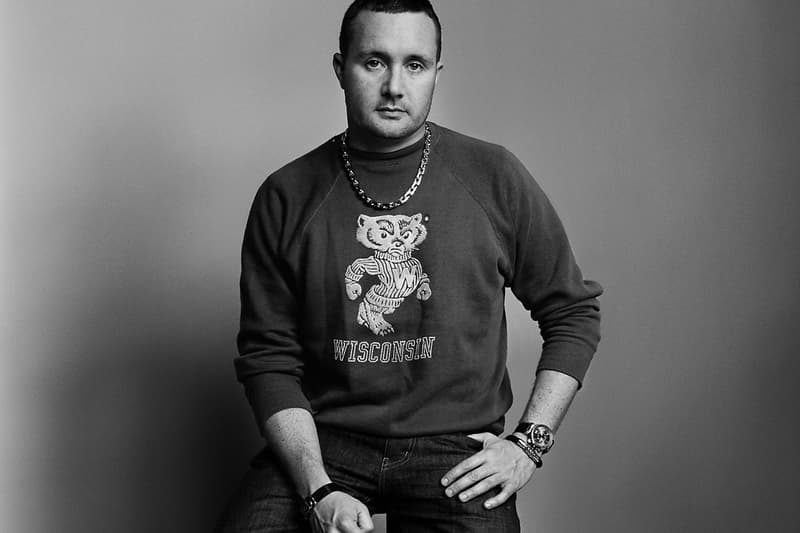
As anticipation builds for Kim Jones and Louis Vuitton’s collaborative drops with fragment design and Supreme in the upcoming months, the men’s artistic director took some time to break down the current Louis Vuitton 2017 spring/summer collection. Speaking with GQ Style, Jones discusses how the history of LV in travel and his own travel experiences have influenced the design process and aesthetic — living in London, Kenya and Botswana, he’s combined European luxe with African culture and inspiration in ways previously unseen.
Check out some select excerpts below and read the full interview here.
On the importance of travel and his approach:
Whenever I do something on travel, it’s always something that relates to the archive. So I’ll find a historic period of Vuitton and look at that as a reference point to start a collection, because essentially Vuitton is a travel house, it’s a luggage house, so that’s how I start.
On how he decides design direction:
I like to go and see places and do things and find stuff that other people won’t be looking at. People are spending a lot of money on things like Vuitton clothing, so I try to get the most authentic thing. I like to go to the source. I’ll always start research online or from a book, but then I want to go and see how a fabric’s made, or see how a technique’s done, and really get to the heart of it.
On a balance between influence and authenticity without making it cultural appropriation:
That’s one thing I’m very aware of, because I’ve grown up in different cultures all my life. For the spring-summer collection, I was looking at these kids in South Africa that are doing really cool stuff, and they’re the first kids that have grown up out of apartheid, so their way of looking at the world is very different to how we look at the world. These kids were never allowed to mix before, so now they do it in a really cool way. I would never think of what I do as cultural appropriation, because it’s something that’s always been with me in my life. At the end of the day, I’m looking at things and celebrating them.
On his hero designers:
I did look at [Vivienne] Westwood and [Malcolm] McLaren, because it was so relevant for what I was doing. You think how their aesthetic must have looked in the mid-’70s and how it must have completely freaked people out on the street, because it was really shocking. You have to look at the impact that’s had going forward. It’s mass culture now. It’s completely, like, everywhere. Something that was so full-on is now just the norm.
On the wearability of LV being the defining characteristic of his tenure:
It has to be. You can’t go into a house like that and become a concept; it doesn’t work. The business is too big. You have to be realistic. And you have to listen. I want things to be wearable—you can make it a statement on the runway, but you break it down and you want to see real people wearing it.



